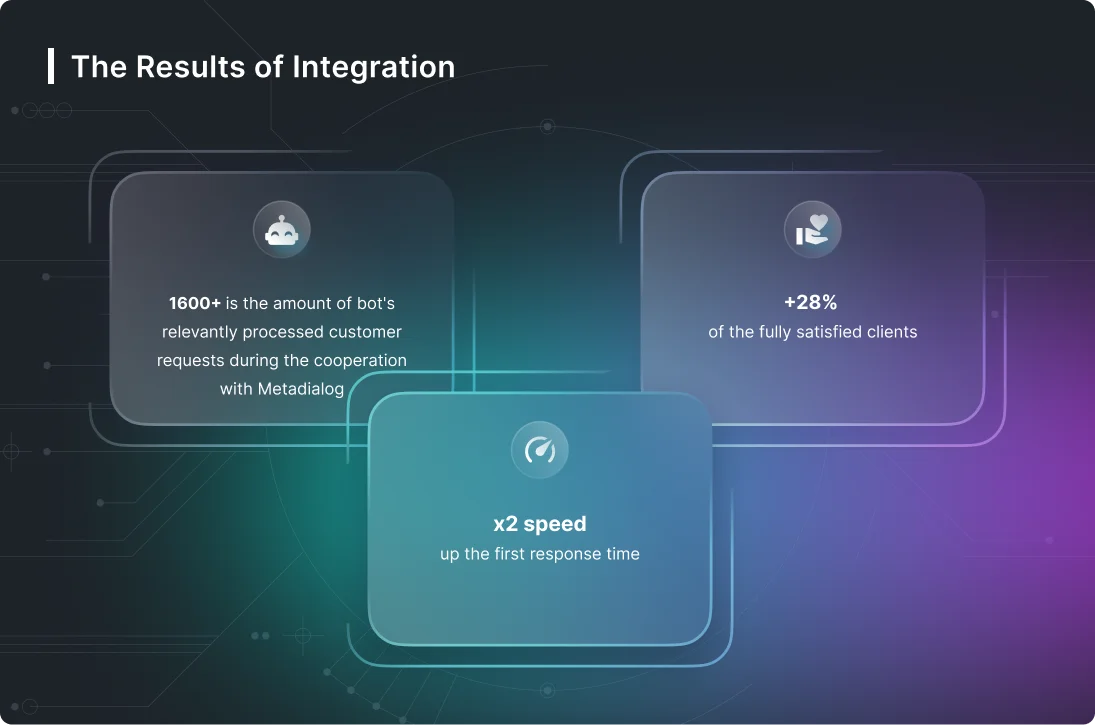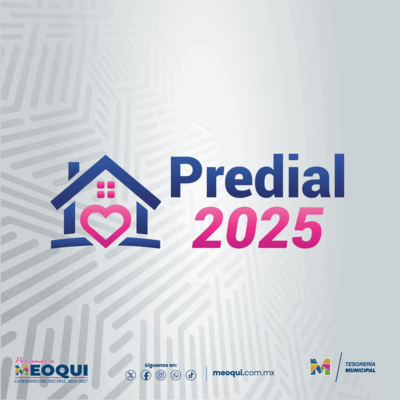Education Secretary praises Ada, Bolton College’s AI chatbot » Bolton College
However, detection tools may not be able to keep up with the pace of change as generative AI becomes ever more sophisticated. Relying on software to spot the use of AI in students’ written work or other assessments may be fruitless, chatbot for educational institutions and trying to determine where the human ends and the AI begins may be “pointless and futile” (Eaton, 2023). The popularity of podcasts and audio content has been steadily increasing, and education marketers are taking note.
This chatbot has gained popularity among researchers, students, and educators worldwide. While Turnitin isn’t yet ready to detect AI-generated passages, it soon will be. The company hopes to start integrating this form of monitoring into its software from April, and claims a 97 per cent success rate when identifying ChatGPT content. “LSE acknowledges the potential threat that generative Artificial Intelligence Tools (AI) may pose to academic integrity, and takes a pro-active and methodical approach to the prevention and detection of assessment misconduct. We take a firm line with any students that are found guilty of committing assessment misconduct offences,” says the LSE spokesperson. The London School of Economics does not have any specific AI chatbot guidance on its website that is accessible to the public.
What will ChatGPT and the next generation of AI tools mean for international education?
Meanwhile, the United Kingdom’s cybersecurity agency has warned about AI-powered chatbots’ vulnerability to get manipulated by hackers. Wide-ranging conversations have been taking place across Solent, the education sector and beyond, looking at the potential impacts of the software and how its use should be managed. Industry partners such as the technical experts of Chat GPT and information about its characteristics can help academic institutions.
- A chatbot called ChatGPT (version 3.5) was launched in November 2022 by a commercial company called OpenAI.
- Easy to implement and customise, the solution supports your business out of hours with the ‘leave a message’ feature.
- “AI software also presents opportunities for learning and we are actively looking at ways in which course design and assessments may be able to incorporate these new technologies.
- There are still huge gray areas in terms of responsibility and limitations when it comes to such disruptive technologies.
- These tools can be designed to analyse text data, metadata, and user behaviour to identify patterns indicative of AI-generated responses.
- They don’t significantly increase institutional overheads, and they provide students with instant service for their burning questions.
The AI can assist students with various aspects of their academic journey, such as course selection, enrollment, study planning, assignment help, and feedback. It can also provide personalised support based on students’ academic and personal goals. With the proper training, AI chatbots can also understand the context, giving them quasi-common sense. Even if users use vague language, AIs still know what they mean based on the types of answers universities train them to provide.
The Dark Side of Using AI Chatbots in Education
As a result, institutions are investing in enhancing the user experience of their websites. This includes intuitive navigation, mobile-friendly design, high-quality content, and easy-to-use application portals. In 2023, we can expect to see continued emphasis on website user experience in education marketing. A close relative of the Bing bot, ChatGPT, has been making headlines for months.
Educators say they want to embrace the technology’s potential to teach and learn in new ways, but when it comes to assessing students, they see a need to “ChatGPT-proof” test questions and assignments. Practically overnight, ChatGPT and other artificial intelligence chatbots have become the go-to source for cheating in college. At an emergency repair and improvement call centre in Chattanooga, Tennessee, a conversational AI chatbot named Charlie has set a high bar by independently resolving 15 per cent of all claims and helping agents answer customer inquiries in real time. During one storm, Charlie independently helped 10,000 customers schedule repairs and book claims while providing real-time prompts to agents as they handled their own claims and repairs. Not only are chatbots are a great way to engage with students for academia, but for campus life as well.
Using AI Tools
These methods are typically used to test students’ knowledge of specific course material and are graded manually by instructors or teaching assistants. This can be distinguished from business process re-engineering, as it extends beyond merely automating rule-based processes, and instead, focuses more on re-imagining business models and operations (Schallmo, Williams & Boardman, 2017). However, according to a study conducted by the MIT Sloan Management Review and Deloitte, it is organisational strategy that actually drives digital transformation, not necessarily the technology (Deloitte Insights, 2015).
Truly so, after almost half a decade, AI chatbots are being instrumental in helping institutions provide interactive, streamlined, and personalized learning environments for students. Artificial intelligence (AI) provides advanced education solutions and is being leveraged at scale by various institutions to achieve their digital transformation goals. This is evident with the growing demand for AI-driven online learning platforms with AI in education market revenue unanticipated to cross $20billion by 2027. Online learning has been a game-changer by breaking down educational barriers and providing people with increased flexibility. However, one of the downsides is that people taking online classes might experience a lack of support outside of class times.
Introducing a chatbot to your learning management system (LMS)
This trimester, however, student production of their essay was supported through the use of ChatGPT. Overall, a majority of students reported that use of ChatGPT had improved the quality of the essay they had produced and also felt that the experience left them better equipped to produce future academic output without the use of LLMs. The presentation will conclude by posing and answering some questions regarding the ethical position of implementing this structured use of chatGPT as an academic writing resource.
Even though that perhaps meant they began living with loved ones again, students frequently felt uncertain and fearful, as did many people during the health crisis. Chatbots gave them somewhere to turn when in-person connections were rare out of necessity. College campuses cancelled their in-person events during the coronavirus pandemic. For example, Loyola University Maryland utilized a chatbot called Iggy that answered questions people would normally ask during campus visits. It’s rare — though getting more frequent, since the number of universities using chatbots has significantly increased — but we do love the idea of bringing education to the next level thanks to artificial intelligence and always on ‘teacher bots’. The chatbot can provide information about the school’s history, campus life, academic programs, and extracurricular activities.
Repository staff actions (login required)
The rise of AI and language model tools like ChatGPT (Chat Generative Pre-Trained Transformer) has sparked interest in using these technologies to support assessment and evaluation. The group said incorporating generative tools into teaching and assessments had “the potential to enhance the student learning experience, improve critical reasoning skills and prepare students for the real-world applications” of the technology. The recent high-profile launches of chatbot for educational institutions artificial intelligence (AI) chatbots or ‘large language models’ (LLMs) including Chatbot GPT and Google Bard have created opportunities and challenges for universities and our students. Email overload is why instant chat marketing has such high success rates amongst schools, colleges, universities and other educational organisations. As specialists in digital marketing for education , we’ve had some brilliant results using instant messaging with WhatsApp.
How Universities Can Use AI Chatbots to Connect with Students and … – EdTech Magazine: Focus on K-12
How Universities Can Use AI Chatbots to Connect with Students and ….
Posted: Thu, 09 Feb 2023 08:00:00 GMT [source]
Holistically incorporating AI into teaching and learning will likely give students a head start to succeed in the modern workforce. The University of Florida currently has over 7,000 students enrolled in AI modules on campus (see requirements for UF’s AI Fundamentals and Applications Certificate here). We’ve seen some great examples of how universities are using AI to democratise and personalise learning and teaching, as well as drastically increasing operational efficiency.
Online conversations connect people, and now customers expect businesses to join in. 97% of Gen Z and 93% of Millennial’s own a smartphone, and on an average day, they spend over four hours using it online. These messaging channels https://www.metadialog.com/ provide businesses the opportunity to tap into their powerful ad targeting capabilities which can be scaled using messaging automation. Integrate our compliant solution with your existing systems for a seamless implementation.
Once the individual has engaged and opted to receive information, the whole process is slick and smooth. Lauren can register for an open day at the touch of a button, then choose to receive further help and information if, and when, she wants it. Many of our AI features rely on the text generated from the transcript, which is why our transcription has to be as accurate as possible. Our audio goes through a number of processes before it even touches our transcription engine; background noise removal, tonal boosting and keyword detection to ensure that your transcript is as accurate as possible. Build an inclusive campus with next generation note taking and revision software empowering each and every student to feel that they belong.
The AI chat bot processes a set of commands to understand the questions and offer appropriate answers to the same. It can either be in the form of text, or audio-video, pictures, etc. In the educational realm, this proves to be an interactive way for institutions, both online and offline, to create intuitive and interactive classrooms. Most teachers find substantial parts of their workdays filled with monotonous administrative tasks. Fortunately, chatbots can help relieve some of those burdens by acting as virtual teaching assistants.
To get the results they want, students can input all of their data and information. Teachers can utilize them simultaneously to share lessons and other vital information with all of their students at the same time. Artificial intelligence (AI) comprises advanced computational techniques, including algorithms, that are designed to process and analyse various forms of data, such as written text or audio and visual information like images or videos. These algorithms rapidly evaluate vast quantities of digital data to generate mathematical models that predict the likelihood of particular outcomes. Such predictive models serve as the foundation for more advanced digital tools, including chatbots that simulate human-like conversation and cognition. As VR and AR technologies become more accessible, their use in education marketing is expanding.
How can AI be used in online education?
Among the most significant benefits of AI in online learning is its ability to personalize instructional materials, automate routine tasks, and create adaptive assessments. These tools have played a crucial role in supporting online learning, making virtual and often large courses more interactive and individualized.
For instance, Georgia State University (GSU) launched a chatbot named Pounce in 2016, named after its mascot. The text-based system communicates with prospective students via SMS and can answer questions about admission requirements, deadlines, financial aid, campus life, and related matters. The university says the tool helped reduce “summer melt” (the phenomenon of students who are accepted but do not enrol) by 22 per cent and pushed enrollment up by 3.9 per cent. In conclusion, ChatGPT offers a powerful way to enhance student learning through personalized assistance and diverse learning support. Embracing AI advancements responsibly while addressing ethical considerations can lead to a more enriching and accessible educational landscape for students globally.

This way, teachers can ensure every student learns together but at their learning rate. Apart from these visible technological advancements, conversational AI is also driving the future of eLearning and has already shown signs of transformation in the education realm. As students gain more easy access to high-speed internet and mobile devices, the use-cases of such modern technology also increase. AI chatbots use natural language processing(NLP) to decode the intent and keywords according to a specific algorithm, and perform a set of functions. COVID-19 outbreaks, inclement weather or infrastructure problems can prevent schools from holding classes as usual. People can now get the information they need by asking a chatbot and receiving an immediate response.
How should chatbot be used?
- 24/7 support.
- Internal help desk.
- FAQs responses.
- Customer engagement.
- Voice assistance.
- Customer feedback collection.
- Customer onboarding.
- Order and refund processing.






